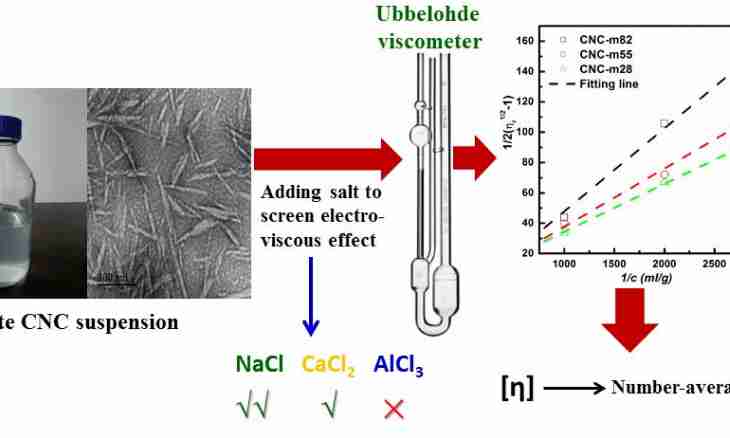If the automobile accumulator began to be discharged too quickly, then it is recommended to check electrolyte density. It is desirable to measure and ""adjust"" electrolyte density also at sharp change of temperature.
It is required to you
- the spirit thermometer and the special measuring device (rice 1) consisting of rubber pear (poses. 1), dressed on a glass tube (poses. 2). The rubber stopper is inserted into the opposite direction of a tube (poses. 4) with a zabornik (poses. 5). In a glass tube there is an areometer (poses. 3).
Instruction
1. For measurement of density fill by means of rubber pear a glass tube with electrolyte through a zabornik approximately to a half of height of a tube. The areometer has to float freely in liquid, without concerning a stopper, pear and sidewalls of a flask. Only in that case measurement of density will be correct.
2. Consider value of density on digital value on a scale which is in the top part of the areometer, in the place of contact of a meniscus of electrolyte with an areometer tube. After measurement of density and temperature correct the received values.
3. At a temperature of electrolyte different from temperature of 25 °C it is more than on 5 °C, change the size of density of electrolyte which turned out at measurement taking into account temperature correction: on each 1 degree Celsius the correction in 0.0007 grams on cubic centimeter becomes. If it is less, then you subtract the amendment if more — you add. Or, being guided according to the following table, define whether there corresponds electrolyte density to the required parameters.
4. But if there are no necessary parameters in this table (for example if it is necessary to measure in the winter electrolyte density in the car accumulator), use simple, but approximate dependence: on each 15 degrees Celsius density of electrolyte changes on 0:01 grams on cubic centimeter.

